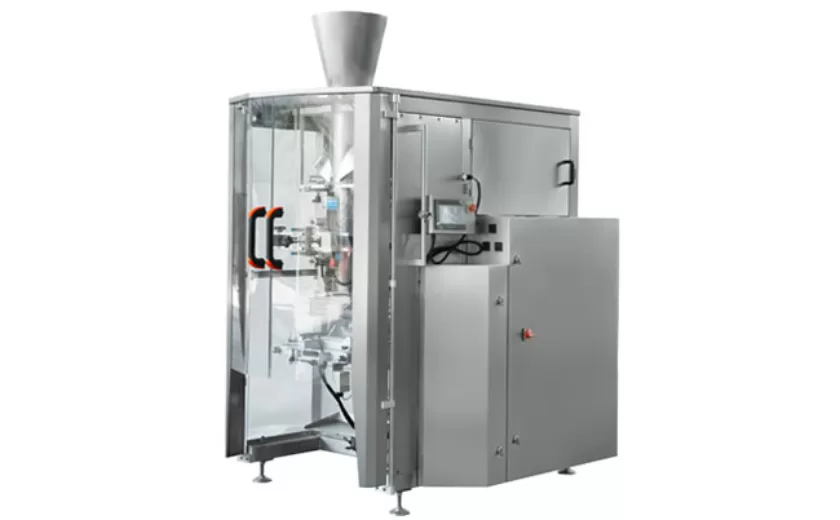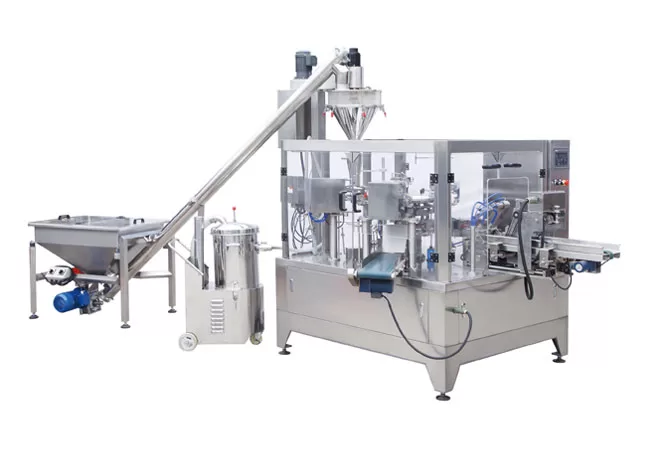Water Packaging Machines vs. Manual Packaging- Which is Better?
With the increasing demand for clean and safe drinking water, the water packaging industry has grown exponentially in recent years. Water packaging plays a crucial role in preserving water quality and ensuring its purity until it reaches the consumers. The two primary methods used for packaging water are water packaging machines and manual packaging. While manual packaging has been traditionally used, water packaging machines have emerged as a more efficient and cost-effective alternative. In this article, we will delve into a comparative analysis of water packaging machines vs. manual packaging, examining their key differences and exploring which method is better suited for various applications.
Accuracy and Consistency
One of the most significant advantages of water packaging machines is their precision and consistency. Automated machines are programmed to fill containers with exact quantities of water, ensuring uniformity in volume and weight. This eliminates the risk of human error, which can occur during manual filling, leading to inconsistent packaging and potential product recalls. Furthermore, water packaging machines can operate at high speeds, maintaining the same level of accuracy and consistency throughout the packaging process.
Efficiency and Productivity
Water packaging machines significantly increase efficiency and productivity compared to manual packaging. Automated systems can handle large volumes of water effortlessly, reducing the labor requirements and freeing up human resources for other tasks. The high-speed capabilities of water packaging machines enable businesses to meet increasing production demands while minimizing labor costs. Additionally, automatic packaging lines can enhance overall productivity by eliminating bottlenecks and streamlining the packaging process, leading to higher output and reduced production time.
Hygiene and Sanitation
Hygiene and sanitation are paramount in the water packaging industry. Water packaging machines are designed with stringent hygiene protocols in mind. They employ closed systems that minimize the risk of contamination and adhere to strict quality control measures. Automated systems also eliminate the need for direct human handling of water, reducing the potential for bacteria and pathogens to enter the packaging process. In contrast, manual packaging involves more human interaction, which can introduce the risk of contamination if proper hygiene practices are not followed diligently.
Cost-Effectiveness
While water packaging machines require an initial investment, they offer long-term cost-effectiveness compared to manual packaging. Automation reduces labor expenses, eliminates the need for extensive training, and minimizes the risk of errors, leading to lower production costs. Moreover, the increased productivity of water packaging machines allows businesses to produce more units in less time, optimizing resource utilization and maximizing profits. The cost savings associated with automation can be substantial over the lifespan of the equipment.
Flexibility
Water packaging machines offer greater flexibility compared to manual packaging. They can be easily reconfigured to accommodate different bottle sizes and shapes, enabling businesses to adapt to changing market demands. Automated systems can also be integrated with other equipment, such as bottle rinsing and labeling machines, creating complete packaging lines that enhance efficiency and reduce handling. In contrast, manual packaging is less adaptable and requires extensive manual labor to accommodate different packaging formats, limiting flexibility and increasing production complexity.
Conclusion
In conclusion, water packaging machines offer compelling advantages over manual packaging in terms of accuracy, efficiency, hygiene, cost-effectiveness, and flexibility. Automated systems ensure consistent packaging, increase productivity, maintain high hygiene standards, reduce costs, and allow for greater adaptability. While manual packaging has been used traditionally, the adoption of water packaging machines is becoming increasingly prevalent as businesses seek to optimize their operations and meet the growing demand for packaged water. The transition to automation in water packaging represents a significant step towards enhancing efficiency, ensuring product quality, and driving industry growth in the years to come.
-

Streamline Your Packaging with a Flow Wrap Packing Machine
21-05-2025 -

Flow Wrapper Solutions for Efficient and Consistent Packaging
21-05-2025 -

Efficient Packaging Solutions with Vertical Form Fill Seal Machines
21-05-2025 -

Enhancing Packaging Precision with Automatic Granule Packing Machines
16-05-2025 -

Optimizing Efficiency with VFFS Packaging Equipment in Modern Production Lines
16-05-2025 -

Reliable Weighing and Packaging Solutions for Modern Manufacturing
16-05-2025 -

Advanced Weight and Packing Solutions for Modern Manufacturing
10-05-2025 -

Precision Meets Efficiency: Modern Solutions in Weighing and Packing Machinery
10-05-2025 -

Efficient and Accurate: Exploring Modern Weighing and Filling Machine Solutions
10-05-2025 -

Finding the Right Auger Filling Solution: Semi-Auto vs. Automatic Machines
04-05-2025





